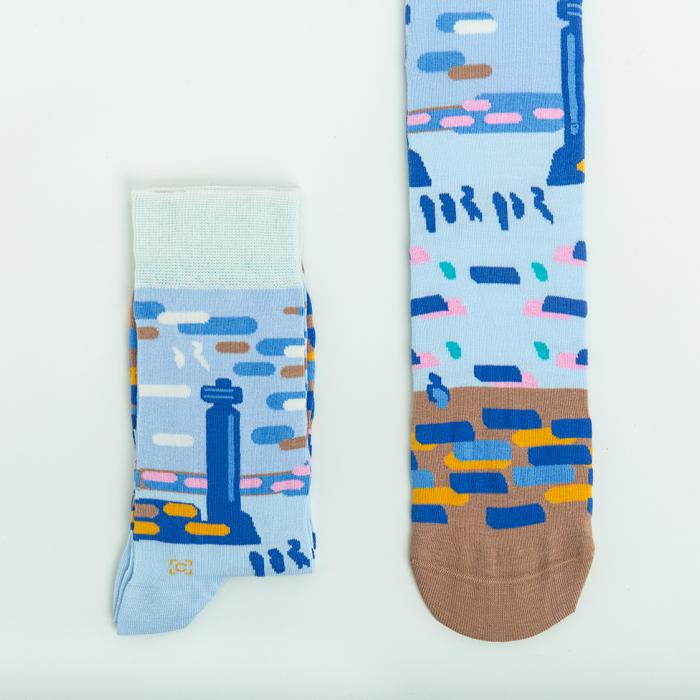What is an orrery? Why is the clock chiming 13? Why would you collect and display a set of plaster horses’ teeth, some green spectacles and several hundred pocket calculators?
Join us for a tour of the Whipple’s collection in 10 objects, featuring spectacular instruments, fascinating scientific stories, and links to some of Cambridge’s most famous names.
Meet at the reception point in the Main Gallery.
What is an orrery? Why is the clock chiming 13? Why would you collect and display a set of plaster horses’ teeth, some green spectacles and several hundred pocket calculators?
Join us for a tour of the Whipple’s collection in 10 objects, featuring spectacular instruments, fascinating scientific stories, and links to some of Cambridge’s most famous names.
Meet at the reception point in the Main Gallery.
What is an orrery? Why is the clock chiming 13? Why would you collect and display a set of plaster horses’ teeth, some green spectacles and several hundred pocket calculators?
Join us for a tour of the Whipple’s collection in 10 objects, featuring spectacular instruments, fascinating scientific stories, and links to some of Cambridge’s most famous names.
What is an orrery? Why is the clock chiming 13? Why would you collect and display a set of plaster horses’ teeth, some green spectacles and several hundred pocket calculators?
Join us for a tour of the Whipple’s collection in 10 objects, featuring spectacular instruments, fascinating scientific stories, and links to some of Cambridge’s most famous names.
Meet at the reception point in the Main Gallery.
What is an orrery? Why is the clock chiming 13? Why would you collect and display a set of plaster horses’ teeth, some green spectacles and several hundred pocket calculators?
Join us for a tour of the Whipple’s collection in 10 objects, featuring spectacular instruments, fascinating scientific stories, and links to some of Cambridge’s most famous names.
What is an orrery? Why is the clock chiming 13? Why would you collect and display a set of plaster horses’ teeth, some green spectacles and several hundred pocket calculators?
Join us for a tour of the Whipple’s collection in 10 objects, featuring spectacular instruments, fascinating scientific stories, and links to some of Cambridge’s most famous names.
Experience an evening of art, music, visuals, creative workshops and short talks – all inspired by the world of ancient Egyptian craft.
We'll also be serving food and drinks in our Courtyard café throughout the evening.
Don't forget you'll need a separate timed ticket to get into the Made in Ancient Egypt exhibition on the night.
What is an orrery? Why is the clock chiming 13? Why would you collect and display a set of plaster horses’ teeth, some green spectacles and several hundred pocket calculators?
Join us for a tour of the Whipple’s collection in 10 objects, featuring spectacular instruments, fascinating scientific stories, and links to some of Cambridge’s most famous names.
Meet at the reception point in the Main Gallery.
Discover the remarkable contributions made to the history of science by pioneering Black scientists. Learn about medical breakthroughs, moon missions, advances in agriculture, and the art of teaching taxidermy.
- 11.30-12pm
Tours start in the Main Gallery.
At the Whipple, our collection is brimming with objects that highlight LGBTQ+ histories and themes, showcasing the remarkable contributions of individuals and their stories throughout history. Each tour is uniquely crafted by our specially trained volunteer guides, who bring their own perspectives and creativity to the experience.

